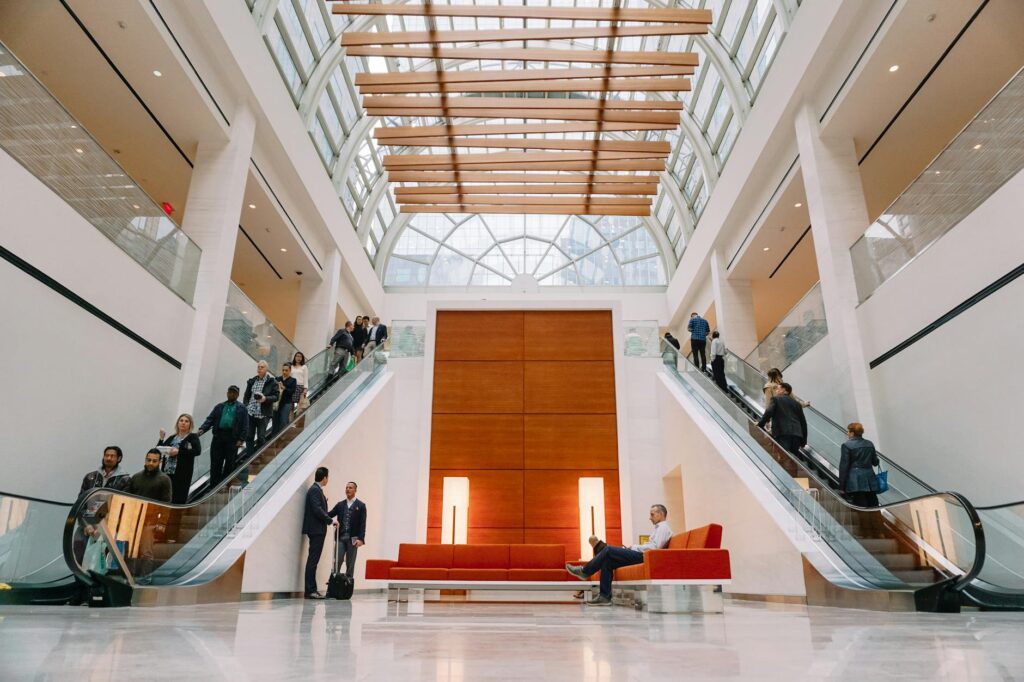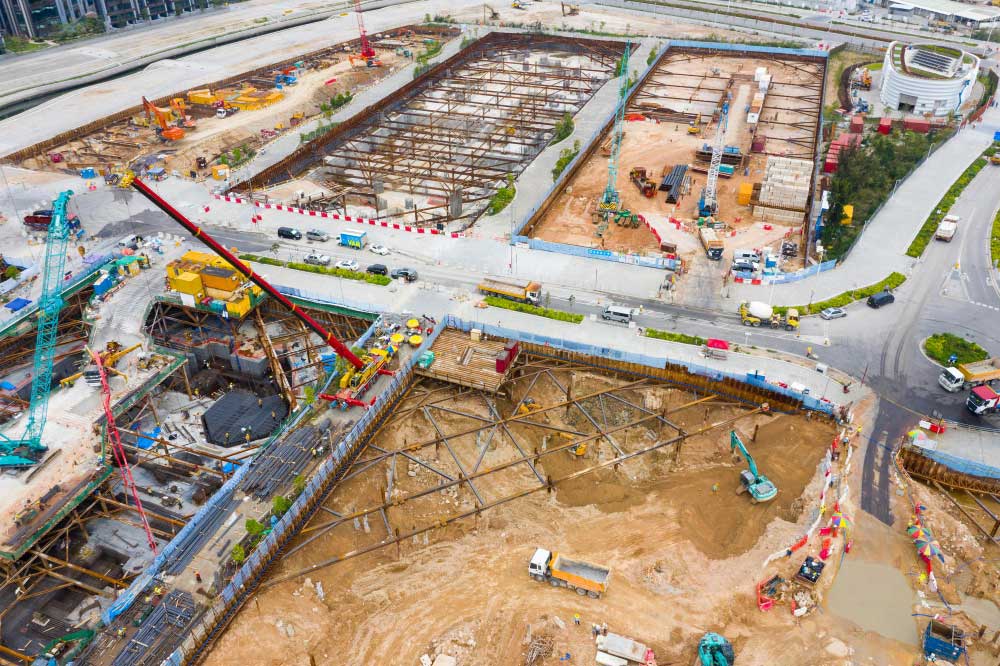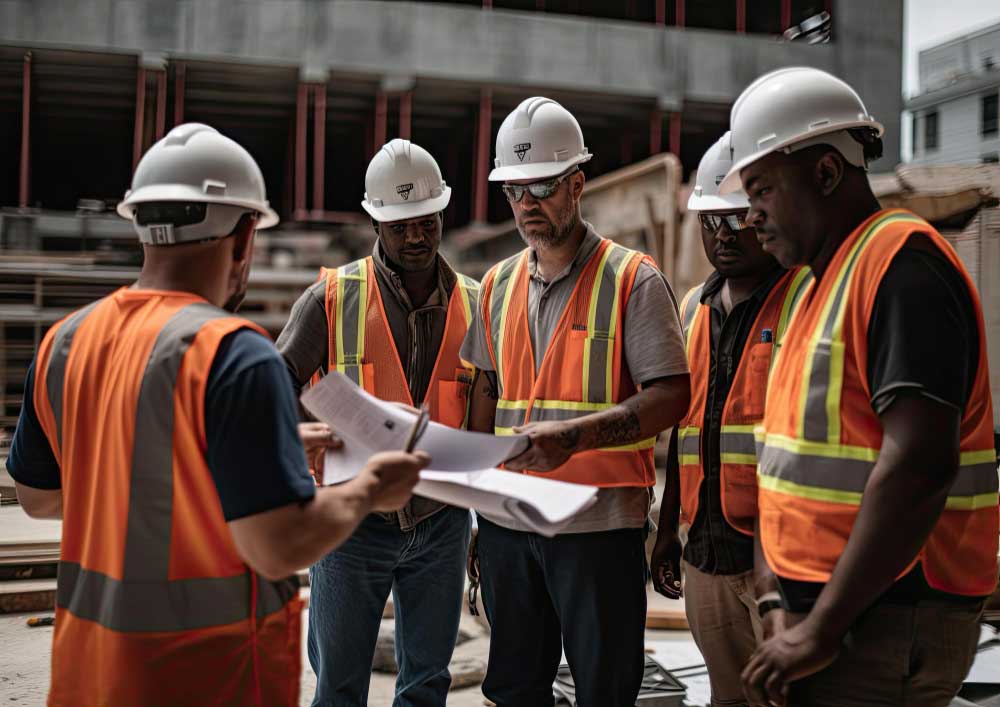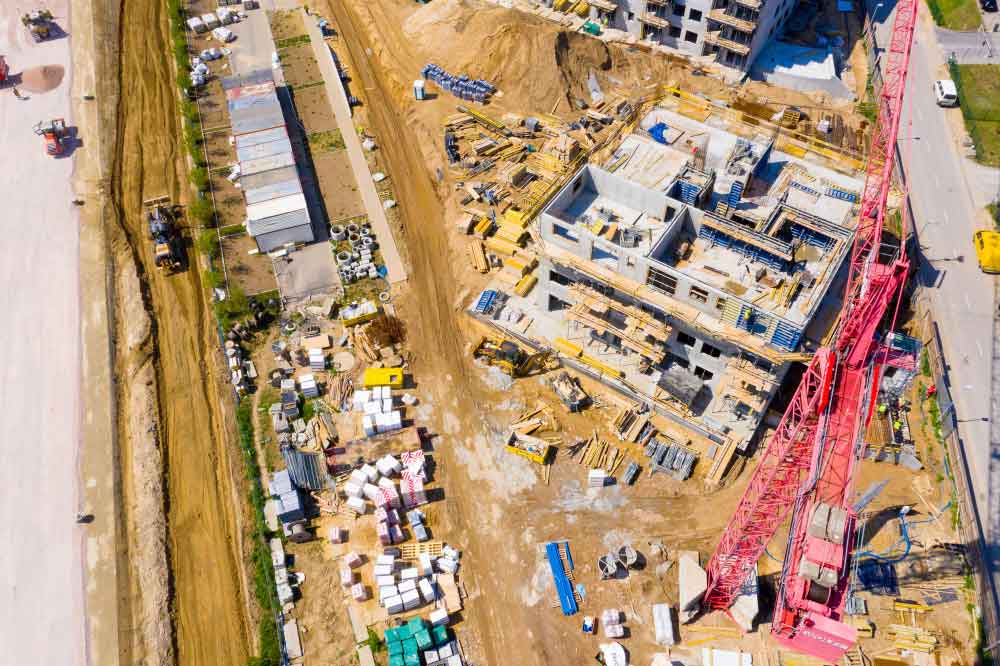This website uses cookies so that we can provide you with the best user experience possible. Cookie information is stored in your browser and performs functions such as recognising you when you return to our website and helping our team to understand which sections of the website you find most interesting and useful.

Efficient Mall Construction Timeline Strategies

Planning a Mall Construction Project
Effective planning is the cornerstone of a successful mall construction project. This phase involves defining the project scope and identifying work packages with a Mall Construction Timeline to ensure every aspect of the project is covered.
Defining Project Scope
Defining the project scope is the first step in planning a mall construction project. It involves setting clear objectives, identifying the project’s goals, and outlining the deliverables. The project scope acts as a blueprint, guiding the entire construction process from start to finish.

A well-defined project scope includes:
- Project Objectives: What the project aims to achieve.
- Deliverables: Tangible and intangible outputs of the project.
- Milestones: Key points in the project timeline.
- Constraints: Limitations such as budget, time, and resources.
- Assumptions: Conditions assumed to be true for project planning.
Properly defining the project scope helps in avoiding scope creep, ensuring the project stays on track and within budget. For a more detailed understanding of the mall development process, check out our article on mall development process.
Identifying Work Packages
After defining the project scope, the next step is to break down the project into manageable work packages. This is a critical part of the Work Breakdown Structure (WBS), which helps in organizing the project into smaller, more manageable components.
According to ClickUp, the WBS for a mall construction project includes:
- Identifying Major Work Packages: These are the primary components of the project, such as site preparation, foundation work, structural framing, and interior finishing.
- Breaking Down Major Work Packages into Subtasks: Each major work package is further divided into smaller tasks. For example, site preparation may include tasks like land surveying, excavation, and grading.
- Setting Dependencies and Milestones: Establishing the sequence of tasks and identifying key milestones to track progress.
- Allocating Resources and Tracking Progress: Assigning resources like labor, materials, and equipment to each task and monitoring progress.
The table below illustrates a simplified WBS for a mall construction project:
| Major Work Package | Subtasks |
|---|---|
| Site Preparation | Land Surveying, Excavation, Grading |
| Foundation Work | Pouring Footings, Installing Foundation Walls |
| Structural Framing | Erecting Steel Frames, Installing Beams |
| Interior Finishing | Drywall Installation, Painting, Flooring |
By breaking down the project into work packages, it becomes easier to manage and monitor each phase, ensuring timely completion. For more insights on managing construction costs, visit our article on mall construction costs.
In sum, defining the project scope and identifying work packages are crucial steps in planning a mall construction project. These steps lay the foundation for a well-organized and efficient construction process, reducing the risk of delays and cost overruns. For further details on securing the necessary permits, check out our guide on mall building permits.
Preparing for Mall Construction

Efficient planning is vital for the success of any mall construction project. Here, we discuss the importance of budgeting and timeline management, as well as forming a competent team to ensure smooth execution.
Budgeting and Timeline
Determining the budget and timeline in advance is crucial for any large-scale project like mall construction. This involves getting realistic estimates from contractors and taking into account various expenses such as materials, labor, permits, and other costs. According to LTM Engineering, the timeline should consider potential delays like bad weather or unexpected construction issues.
| Budgeting Components | Estimated Costs |
|---|---|
| Land Acquisition | Varies by location |
| Construction Costs | Size and complexity dependent |
| Permits and Approvals | Local regulation dependent |
| Materials | Market price dependent |
| Labor | Local labor rates |
For more detailed information on budgeting, refer to our article on mall construction costs.
Forming a Competent Team

The success of a shopping center project largely depends on the team behind it. A competent and experienced team is essential to executing even the best-laid plans successfully. According to LTM Engineering, this team should include:
- Project Manager: Oversees the entire construction process, ensuring the project stays on track.
- Architect: Designs the mall layout and structure, ensuring functionality and aesthetics.
- Engineer: Handles the technical aspects, including structural integrity and compliance with local building codes.
- Contractors: Execute the construction work, from foundational work to finishing touches.
- Financial Advisor: Manages the budget, securing financing, and handling financial risks.
By assembling a skilled team, you can navigate the complexities of mall construction more effectively. For further insights into the mall development process, visit our page on mall development process.
Initiating Mall Construction
Designing the Mall
Designing a shopping center involves multiple steps and plays a critical role in ensuring a smooth construction process. This stage demands both creative decision-making and meticulous attention to detail (LTM Engineering). The design phase includes:
- Architectural Planning: Creating the initial blueprints and layouts that detail the mall’s structure, including the placement of stores, food courts, and common areas.
- Interior Design: Deciding on the aesthetic aspects, including color schemes, materials, and lighting that align with the mall’s brand and target audience.
- Engineering Plans: Ensuring that the building meets all structural, electrical, and mechanical requirements.
A well-thought-out design is crucial for avoiding delays and ensuring that the mall construction timeline stays on track. The design phase should also incorporate flexibility to accommodate any unforeseen changes or challenges that may arise during construction.
| Design Phase | Key Activities | Timeframe (Weeks) |
|---|---|---|
| Architectural Planning | Initial blueprints, layouts | 6-8 |
| Interior Design | Aesthetic decisions, material selection | 4-6 |
| Engineering Plans | Structural, electrical, mechanical plans | 6-8 |
Securing Financing and Permits

Financing is a critical part of any construction project, and securing sufficient funds can sometimes be challenging. The success of the project largely depends on the ability to secure adequate financing. Key steps include:
- Project Feasibility Study: Conducting a market and feasibility study to determine the project’s viability and potential return on investment.
- Budget Planning: Creating a detailed budget that includes all projected expenses from initial design to final construction.
- Funding Sources: Identifying and securing funds through loans, investors, or other financial avenues.
Navigating the maze of permits, licenses, and regulatory compliance is another vital component. This can be a time-consuming and costly process, and engaging professionals who understand local regulations can expedite the permitting process.
Permitting procedures can be lengthy, but participating in programs that expedite permit approvals can help cut down the timeline by several weeks. The following table outlines some typical permits and their respective approval timelines:
| Permit Type | Approval Timeline (Weeks) |
|---|---|
| Zoning Permit | 2-4 |
| Building Permit | 4-6 |
| Environmental Permit | 6-8 |
| Occupancy Permit | 2-3 |
For more information on the permitting process, visit our article on mall building permits.
By carefully planning the design and securing the necessary financing and permits, the construction project can move forward with minimal delays. Understanding these initial steps is crucial for maintaining an efficient mall construction timeline.
Managing Mall Construction Timeline

Effective management of the mall construction timeline is crucial for ensuring timely project completion. Various factors can impact this timeline, but understanding and mitigating these risks is essential for successful mall development.
Factors Impacting Construction Delays
Several elements can cause delays in mall construction:
-
Labor and Supply Chain Shortages: Labor shortages and disruptions in the supply chain, exacerbated by events like Covid-19, are common issues that lead to delayed timelines and unexpected cost escalations for materials (Neumann Monson Architects).
-
Scope Changes: Errors in contract documents or owner-requested change orders can cause significant delays. Making changes in the early design phases helps to avoid these issues (Neumann Monson Architects).
-
Weather Conditions: Unfavorable weather conditions, such as cold and wet weather, can impede construction progress and cause timeline delays.
-
Communication Problems: Inefficient communication can significantly impact the construction timeline. Establishing primary contacts and efficient review and approval processes can prevent such issues (Neumann Monson Architects).
-
Regulatory Changes: Changes in government regulations during the project’s design phases may require modifications to the project design, further extending the timeline. Engaging regulatory authorities early and staying informed of potential regulatory changes is crucial.
-
Unexpected Delays: Unexpected delays are a common issue in project management. Less than 50% of companies complete projects on schedule, with 46% of project managers considering meeting deadlines a significant challenge.
Mitigating Delay Risks
To mitigate the risks of delays, consider the following strategies:
-
Realistic Goal Setting: Setting realistic, clear, and measurable goals is crucial for project success. It’s better to underpromise and overdeliver than the opposite (Kissflow).
-
Effective Communication: Holding a team meeting at the beginning of the project to communicate the vision, roles, project purpose, and key milestones helps keep the project on track (Kissflow).
-
Contingency Plans: Having construction contingency plans for time, budget, and resources is essential. These plans help cover unexpected situations that may arise during the construction process, ensuring the project stays on track.
-
Project Management Tools: Utilizing project management tools and techniques for careful scheduling, tracking, measuring progress, and forecasting project outcomes is critical to avoid and mitigate delays.
-
Engaging Regulatory Authorities: Engaging regulatory authorities early in the project and staying informed of any potential regulatory changes can help avoid delays related to regulatory compliance.
By understanding the factors impacting construction delays and implementing strategies to mitigate these risks, you can effectively manage the mall construction timeline. For more information on the overall mall development process, visit our articles on mall construction companies and mall building permits.





















